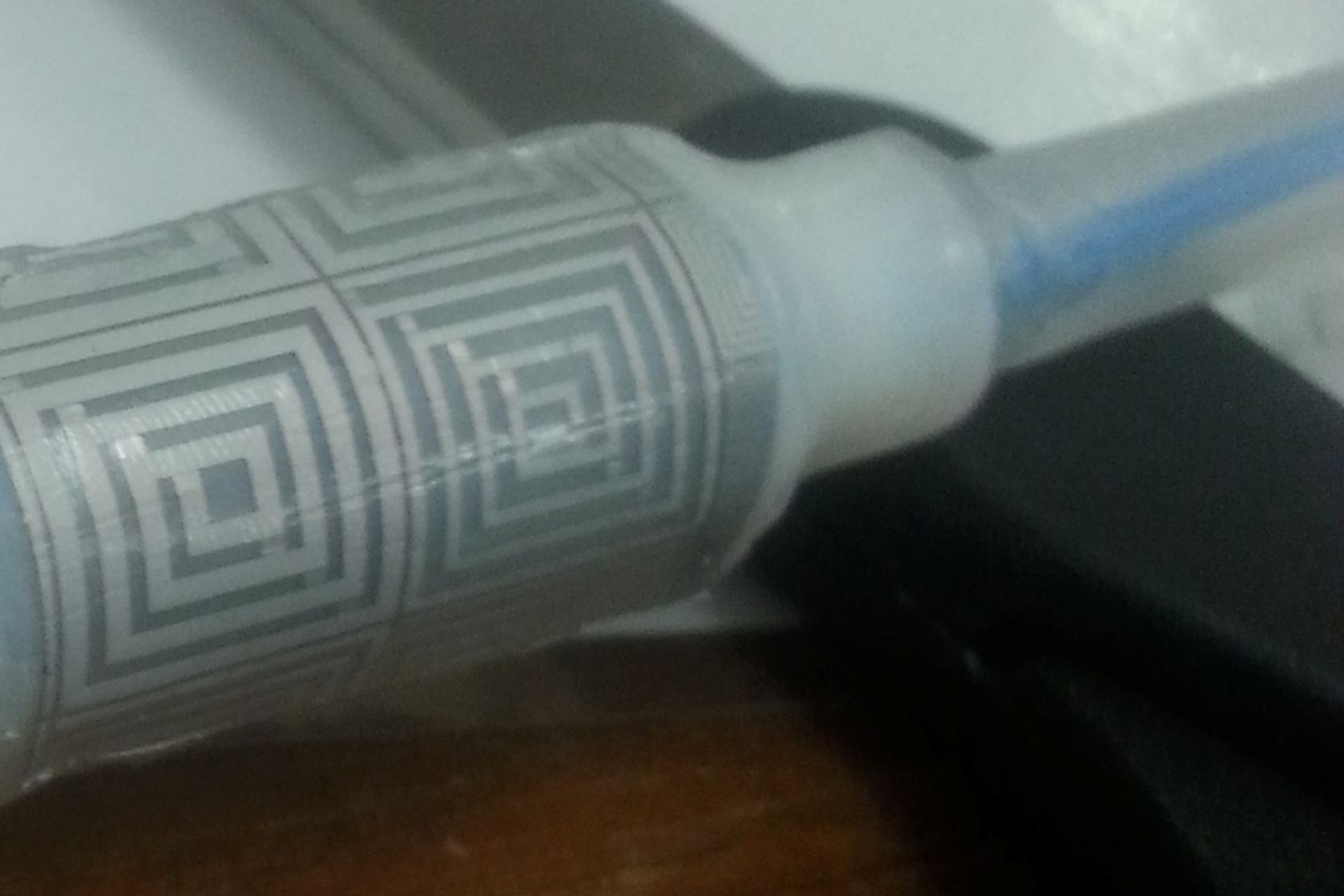Capsule fitted with sensors developed as alternative to endoscopy
Scientists hope it will ‘transform’ detection of gastrointestinal problems.

Your support helps us to tell the story
From reproductive rights to climate change to Big Tech, The Independent is on the ground when the story is developing. Whether it's investigating the financials of Elon Musk's pro-Trump PAC or producing our latest documentary, 'The A Word', which shines a light on the American women fighting for reproductive rights, we know how important it is to parse out the facts from the messaging.
At such a critical moment in US history, we need reporters on the ground. Your donation allows us to keep sending journalists to speak to both sides of the story.
The Independent is trusted by Americans across the entire political spectrum. And unlike many other quality news outlets, we choose not to lock Americans out of our reporting and analysis with paywalls. We believe quality journalism should be available to everyone, paid for by those who can afford it.
Your support makes all the difference.A capsule fitted with sensors providing an alternative to an endoscopy has been developed to track invisible problems within the intestines.
The swallowable capsule measures 3cm long and 1cm wide, with up to five sensors about the thickness of one or two human hairs, and can identify problems at any point along the 8m digestive tract.
It was developed by scientists from Heriot-Watt University, the University of Birmingham and the University of Edinburgh, to provide an alternative to endoscopy examinations, which give medics a visual insight into the gut.
The pioneering technology is expected to be rolled out within five years, and is expected to give colorectal medical teams an “unprecedented understanding” a patient’s digestive tract to identify pressure and points of failure.
Instead of taking images of inside the gut, the system will sense whether it’s contracting, how much pressure is exerted and exactly where it might be inactive, and it can continue to be used even if it becomes damaged.
New medical technology is only useful if healthcare providers like the NHS can afford to provide it for patients
Tiny pressure sensors were trialled in a synthetic gut over the course of five years of research, including at the Scottish Microelectronic Centre at the University of Edinburgh, where “hundreds” were produced at one time.
Academic journal Device published a report on it. It has a patent pending and is intended to be sustainable and affordable.
Professor Marc Desmulliez, who specialises in medical device technology at Heriot-Watt, said: “This could help transform how we detect gastrointestinal diseases and conditions.
“The traditional way to look at intestines or the gut is to have an endoscopy – it’s a camera attached to a tube that will hopefully see any visible obstructions or problems.
“In Scotland, capsule endoscopies have become common and transformative for patients – they swallow a capsule, it travels along the guts and transmits images wirelessly back to a screen. It’s more pleasant than an endoscopy.
“We wanted to find a way to detect when the digestive tract isn’t working, when it’s not contracting and relaxing as it should when pushing waste along, and when there isn’t a visible problem.”
The research was funded by UK Research and Innovation’s Engineering and Physical Sciences Research Council (UKRI-EPSRC), and also looked at the use of ultrasound to detect subcutaneous pathologies of the gut.
Prof Desmulliez said: “The pressure sensors will measure movement and activity right along the eight or nine metres of the gastrointestinal tract.
“They will identify regions where there’s absolutely no movement of the gut, where the gut is functioning as expected or if there’s something unexpected in terms of movement.”
Dr Gerard Cummins, assistant professor at the University of Birmingham, said: “The device is extremely resilient due to the number of sensors and their flexibility: it will continue to work even if it’s damaged.
“We’ve also ensured that it won’t scratch or damage the gut in any way by making the sensors very thin and covering them with a low-friction coating.
“It uses semiconductor manufacturing processes, like those used to make microchips at a low cost.
“This allows the manufacture of sensors at scale, making them cost-effective. We can manufacture hundreds at the same time.”
It is estimated it will take at least another five years of clinical testing to bring the product to market, with a spinout company in the process of being set up.
Professor Steve McLaughlin, deputy principal of research and impact at Heriot-Watt University, said: “The development of this device demonstrates how our global research institute will support the creation of ground-breaking technologies that could revolutionise patient care.
“Bringing together academics, industry experts, and clinicians will ensure these vital developments get to market much quicker.
“We already have several research projects under way and the next 12 months will be a really exciting time as we showcase our developments on the global stage.”